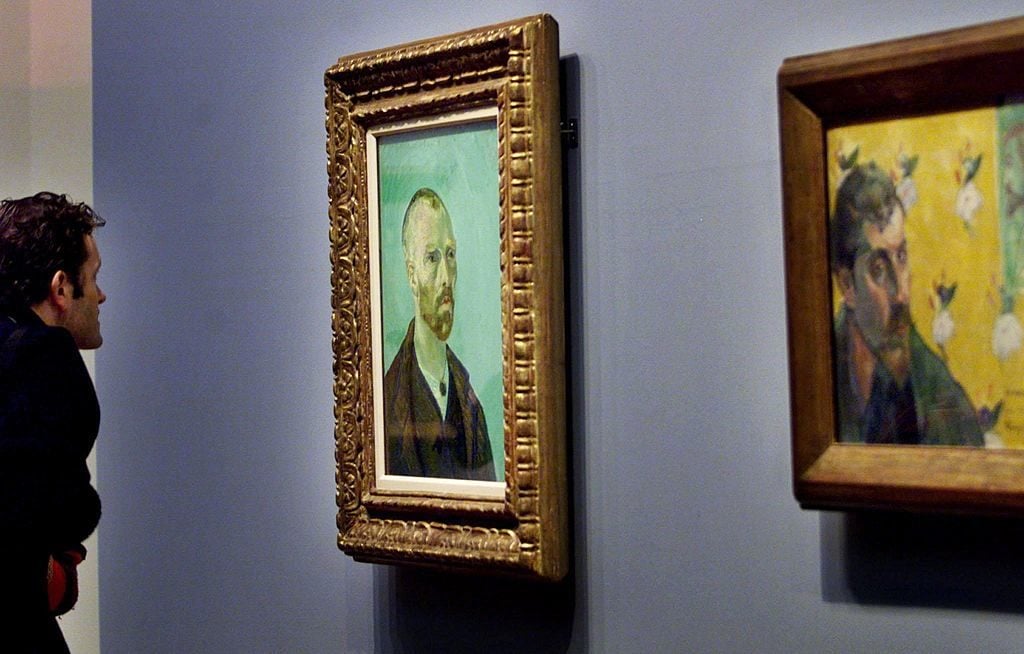Art World
New Study Shows That European Museums Are More Trusted Than American Ones
Museums also have more cachet than brands like Rolex or Lego, it seems.

Museums also have more cachet than brands like Rolex or Lego, it seems.

Naomi Rea

A new reputation study comparing 18 of the most famous art museums in the world shows European institutions emerge on top worldwide, with many scoring higher than the world’s most reputed businesses.
The study, published by Professor Cees van Riel of Erasmus University’s Rotterdam School of Management and senior research analyst Patricia Heijndijk, surveyed 12,000 people from 10 different countries.
Van Riel has been examining the reputations of museums in the Netherlands for several years already, but such a large-scale study for international art museums is the first of its kind. Using RepTrak®, the same standardized instrument that is applied to businesses, van Riel’s study identified seven drivers of reputation: products and services, innovative capacity, workplace, governance, citizenship, leadership, and financial performance.
Unsurprisingly, the Louvre, which remains the largest and most visited museum in the world despite this year’s 15 percent drop in visitor numbers, came in first worldwide, scoring 84.3 out of 100. But in an unexpected finding, the Van Gogh Museum in Amsterdam, which houses the world’s largest collection of works and letters by Vincent van Gogh, eked ahead of the Louvre among European respondents, who gave it a score of 85.8 compared to the Louvre’s 85.6.
Worldwide, the Van Gogh Museum’s reputation placed second. Its 81.9 score was possibly aided by the strong global reputation of Amsterdam and the Netherlands, which is further evinced by the ranking of another Dutch institution, the Rijksmuseum (81.7), in third place.
The eight best reputed museums worldwide are all European, including the Vatican Museums, Madrid’s Prado, and the British Museum. Tate Modern in London is also very well regarded.
US museums received a higher score at home than from international respondents. The Metropolitan Museum of Art, which ranked highest of the three American institutions that were voted into the survey (ahead of New York’s Museum of Modern Art and the National Gallery of Art in Washington), received an 84.2 score from Americans, and a more modest 76.3 score from Asian participants.
According to the survey, the lower international ranking was the result of skepticism about whether “art museums in the USA spend their money wisely and the degree to which they are assumed to pay attention to various groups in society and art education.”
Despite these variations, the public regards museums as far more trustworthy than for-profit businesses. Art museums scored better than even the world’s best reputed brands, such as Rolex, Lego, and Canon. Respondents rated museums on average at 79 but the most reputable company in the world, Rolex, scored only 80.38 on the same criteria. The average score for corporations worldwide was even lower, at 64.2.
What does the study tell us about why people love museums? Aside from the diversity and attractiveness of their collections, museums earned top scores because of their attention to social responsibility, including heritage conservation, management of public and private funds, and education.
“The museums’ DNA is entirely concentrated on fulfilling their social tasks. This sense of purpose means that museums spend their money in the smartest way possible, for which they are rewarded in the shape of a fabulously high reputation,” van Riel says. “Businesses that would like to improve their reputation could certainly learn something from the drivers behind the strong reputations enjoyed by the museums.”